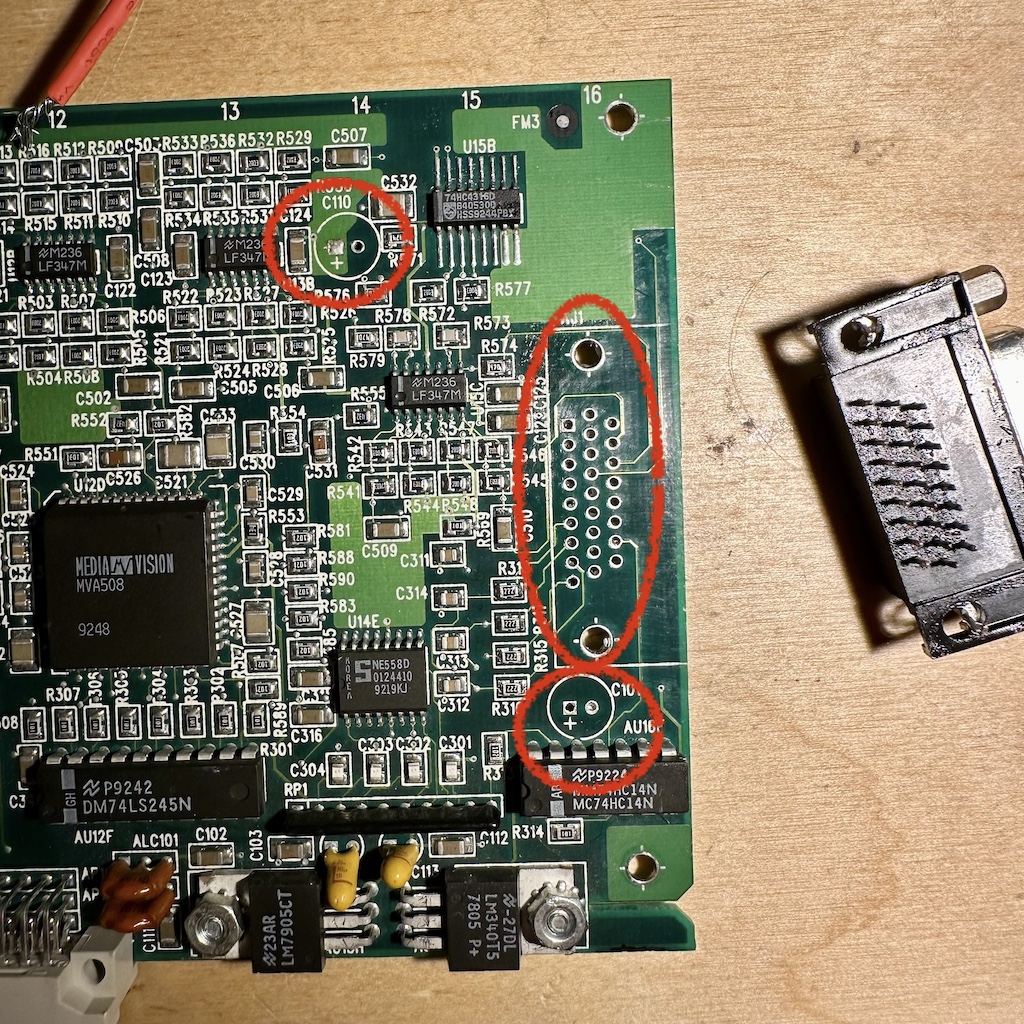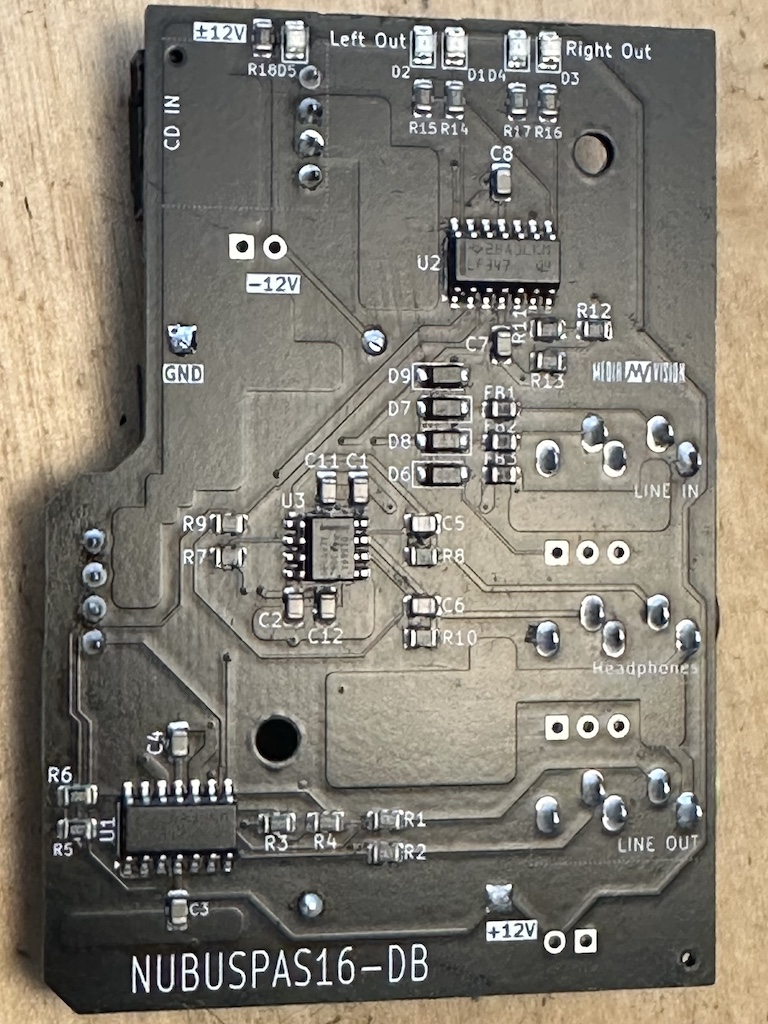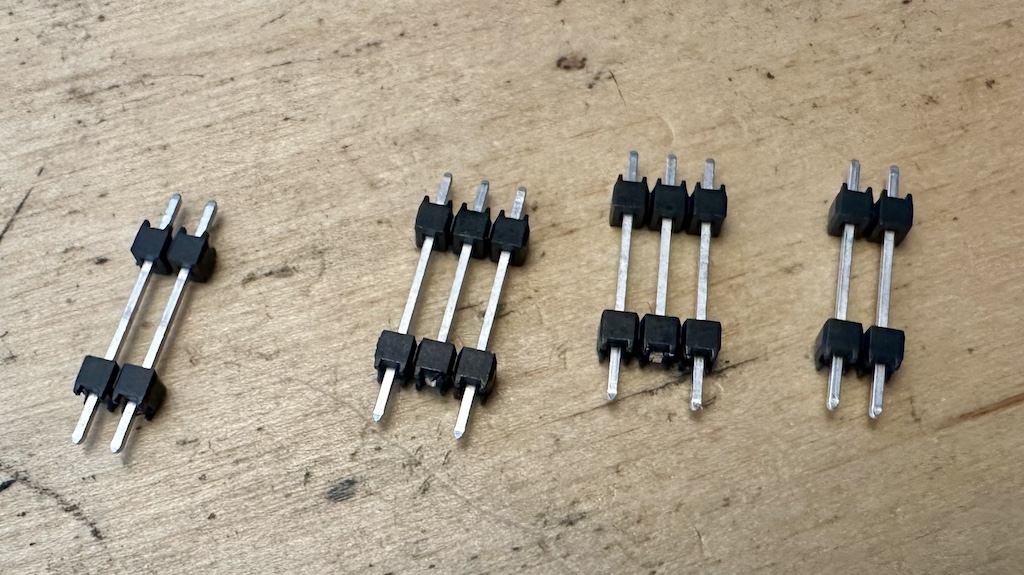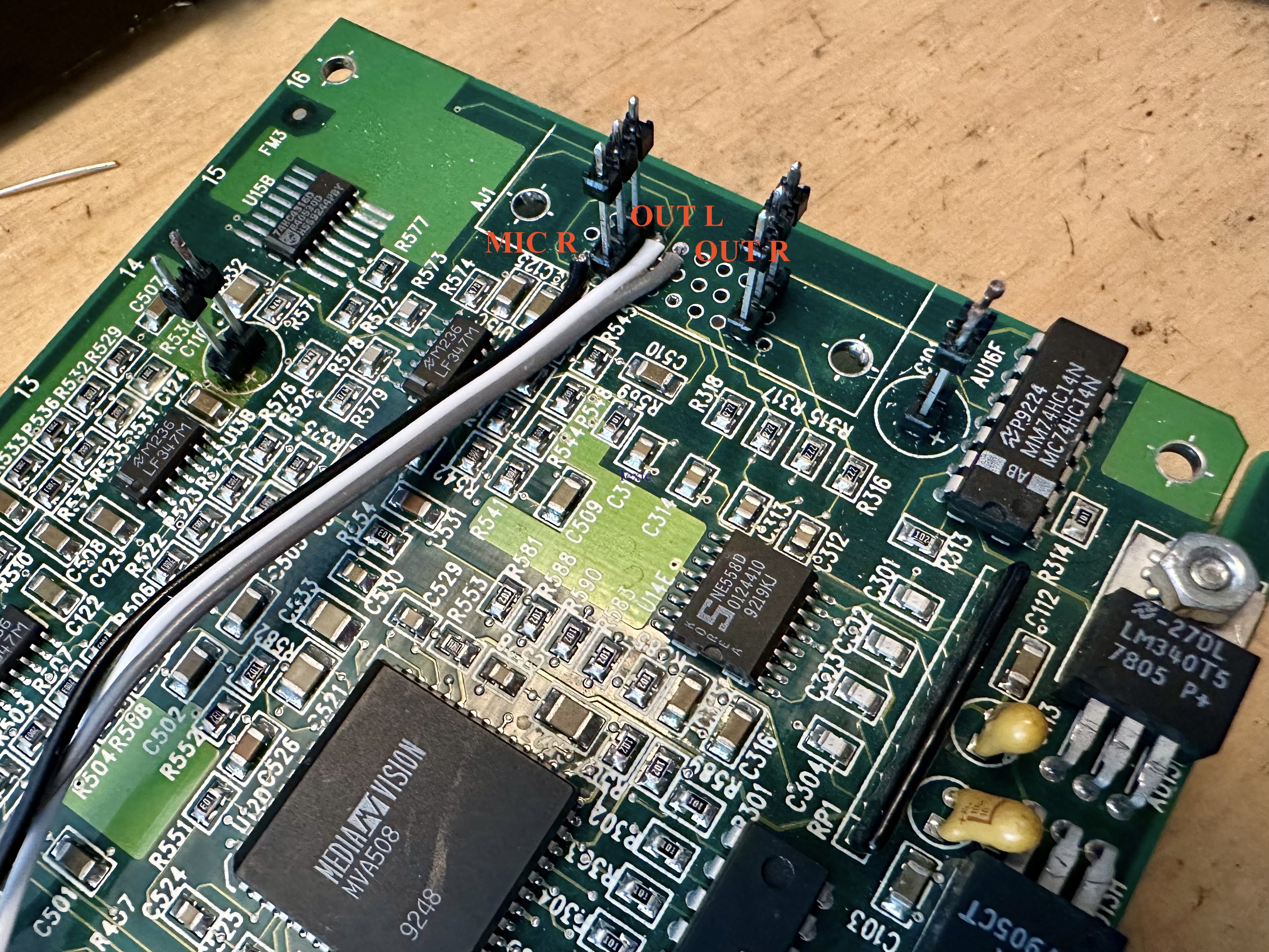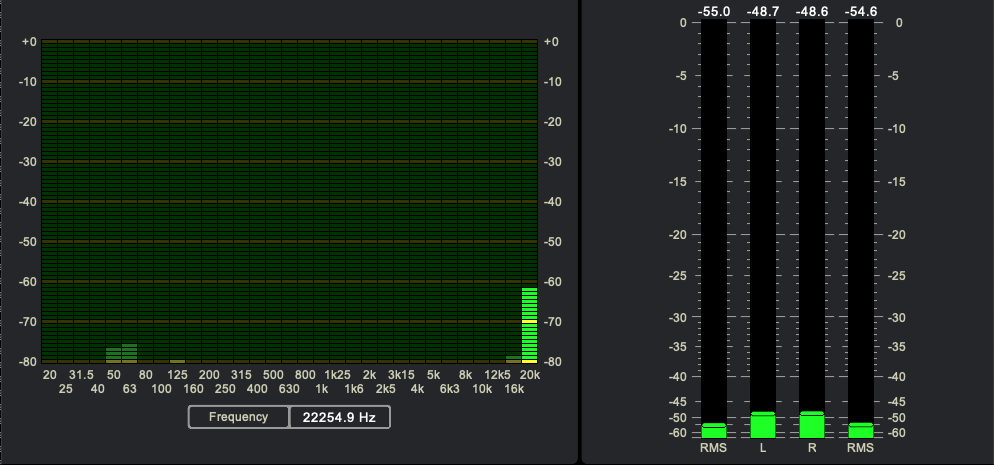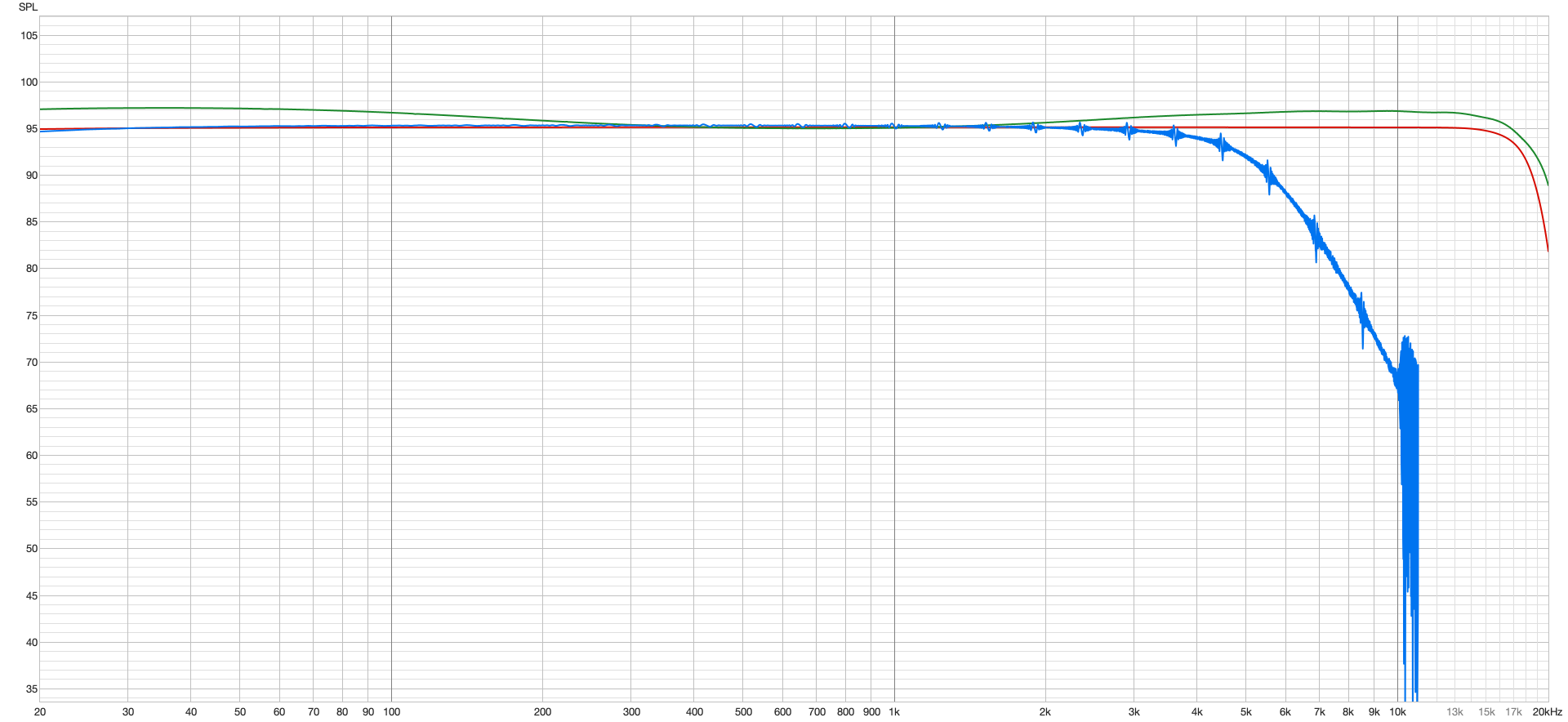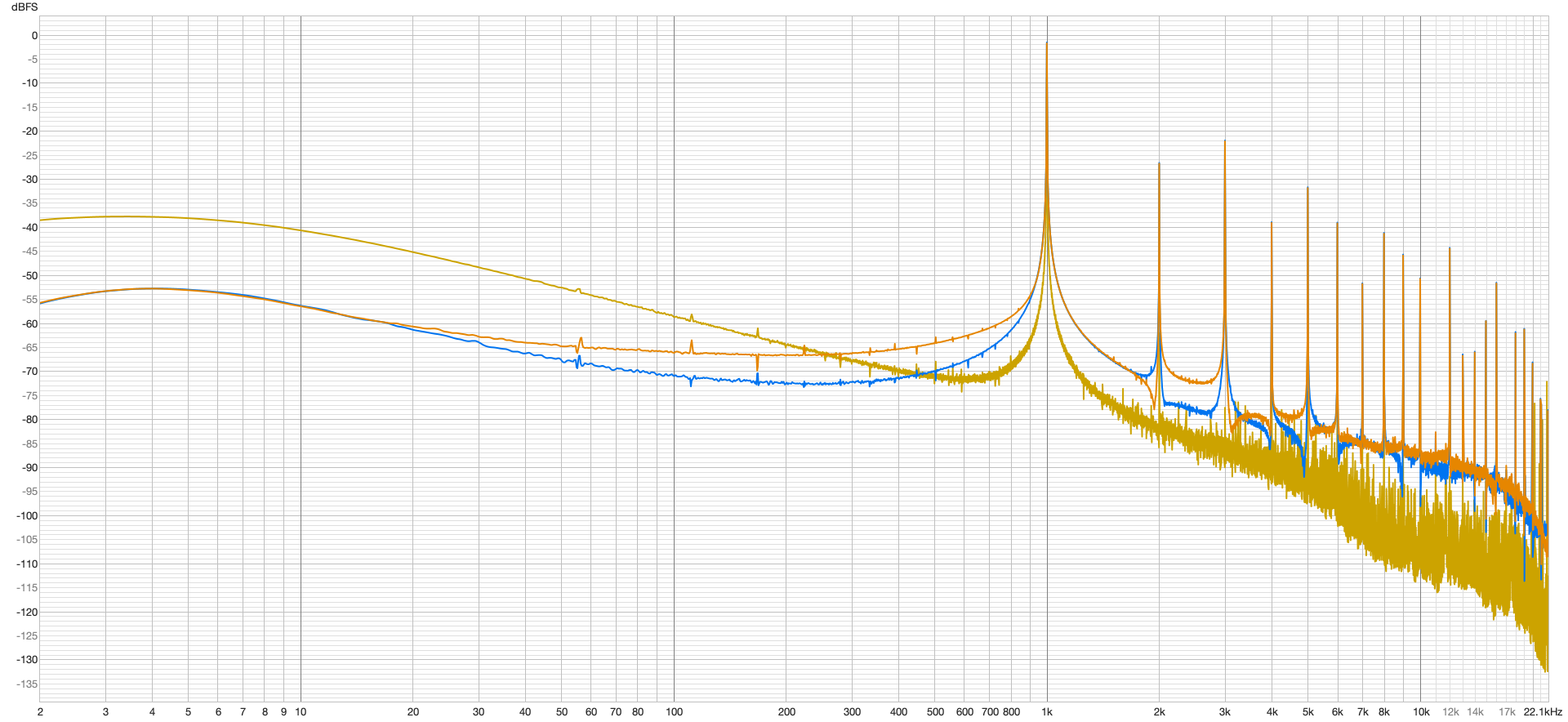demik
Well-known member
Introduction pitch
A member of the forum gave me this card (without the matching breakout box) for R&D purposes. Sometimes R&D gives birth to something so here we are.
The initial design for a breakout box was plagued with a few issues, like missing information about some custom chips and lack of time and interest to build a new external box without having the original hardware (you can guess so much from pictures)
Another member showed interest for an internal solution as well, so here we are: NUBUSPAS16-DB. It's a daughter board designed to be soldered on the original board, in lieu and place of the HD26 connector.
For people who are scared of such modifications, I've determined that the PAS line output and some input can be somewhat operational with a simple breakout cable. Such a cable wiring will be posted on the patch panel thread with a few other notes. Others feature do need active components
Some sound measurement were also made during this project, they will be posted in this thread
The design is open source and will be posted on GitHub. It only works for the NuBus

Features
The board restore the following features:
The following features are not restored:
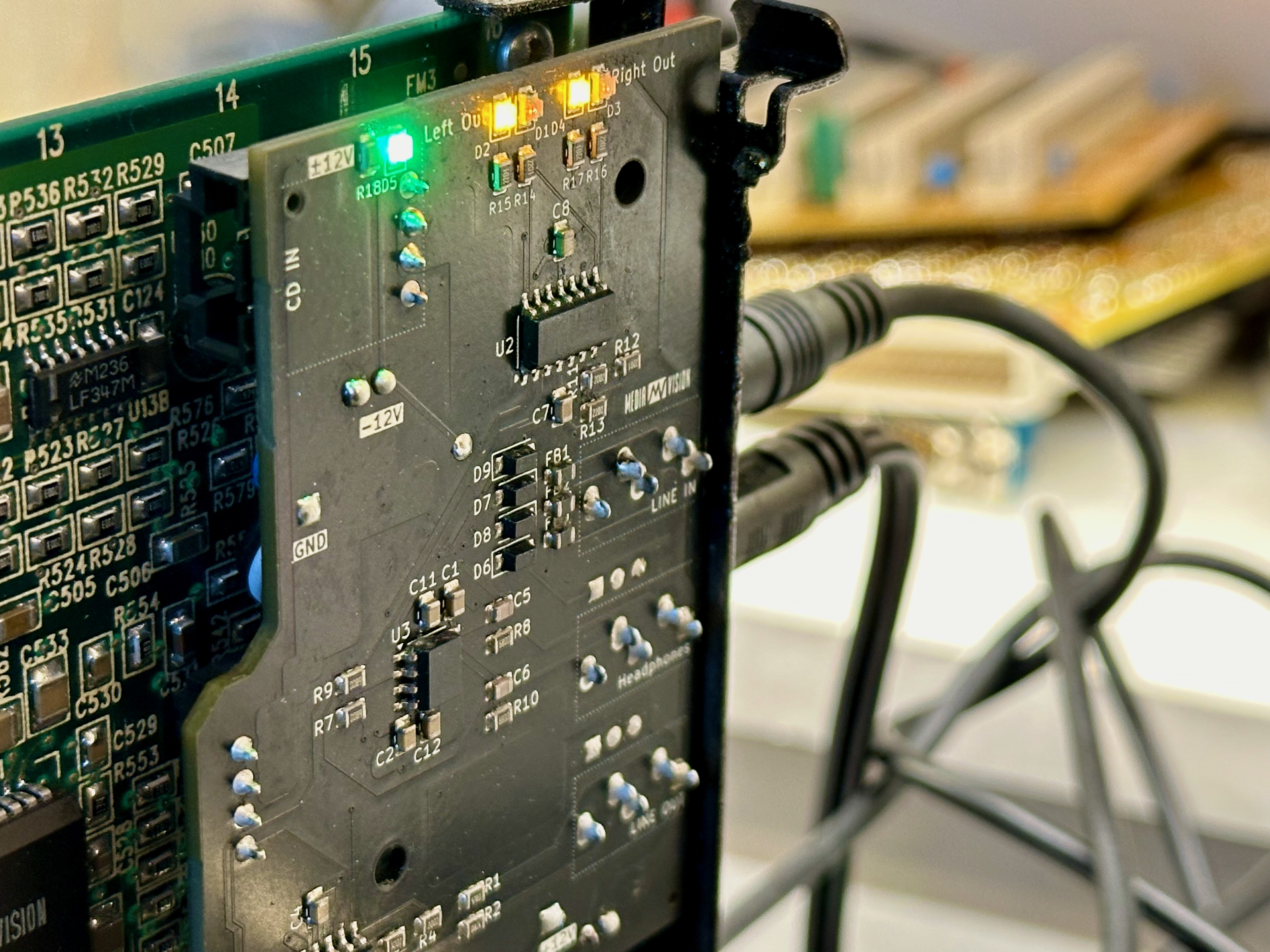
Design choices
The board is designed to be as close as possible as MediaVision intended it to be and from what I could understand from the breakout box photos. It's using the same op amps (LF347s) with a balanced power design (± 12V). This ensures that the sound coloration is close to what MediaVision designed and is keeping the noise level as close as low as possible (to some extend…)
Please note that the breakout box is likely using a single supply with biased opamp, which would add noise, but I can't double check that
Jacks are more or less following the AC'97 standard (green = line out, blue = line in), with the headphone output beeing black
The original headphone amplifier used discrete component with a design that is known to not be the best. It was probably done as a cost saving measure.
In contrary, the headphone amplifier of NUBUSPAS16-DB is a modern twist: it is build around a modern op-amp especially designed to drive headphones (OPA1688).
It will provides up to around 3V RMS for high impedance headphones (600Ω), which the voltage delivered been proportional to the headphone impedance.
If your downstream equipment has sufficient headroom (at least +10 DBu) , the headphone output can also be used as a high level line output with a better SNR than the standard line output.
Input sources
There is actually only one real input on this board. Line inputs 1-4 were unusable on my board, either because i'm too dumb and missed something, my card was damaged or the proprietary chips on the breakout board are doing something that I don't know. Any sound input on any the left channels would result in a -20dB crosstalk on the right channels, which make that unusable
I so defaulted to be used the microphone input, which on the NuBus board side is a simple stereo line in input. You can then mix the mic input to the output using the PAS16 Control Panel. It allow you, other than plugging your old tape deck, to daisy chain your internal sound card. The PAS will then mix the sound coming from both sound card. It's useful if you have software that isn't compatible with the PAS and or is accessing the internal sound chip directly.
It's also useful for daisy chain internal CD Audio. Speaking of which, an additional CD Audio input is available at the back of the card which allow for either connecting a SCSI drive here, or @rabbitholecomputing zuluscsi with a @saybur DAC Attack! module
Plugin anything in the blue jack will disable the internal audio in
Overall this is a niche project, but I hope it will be useful for some people !
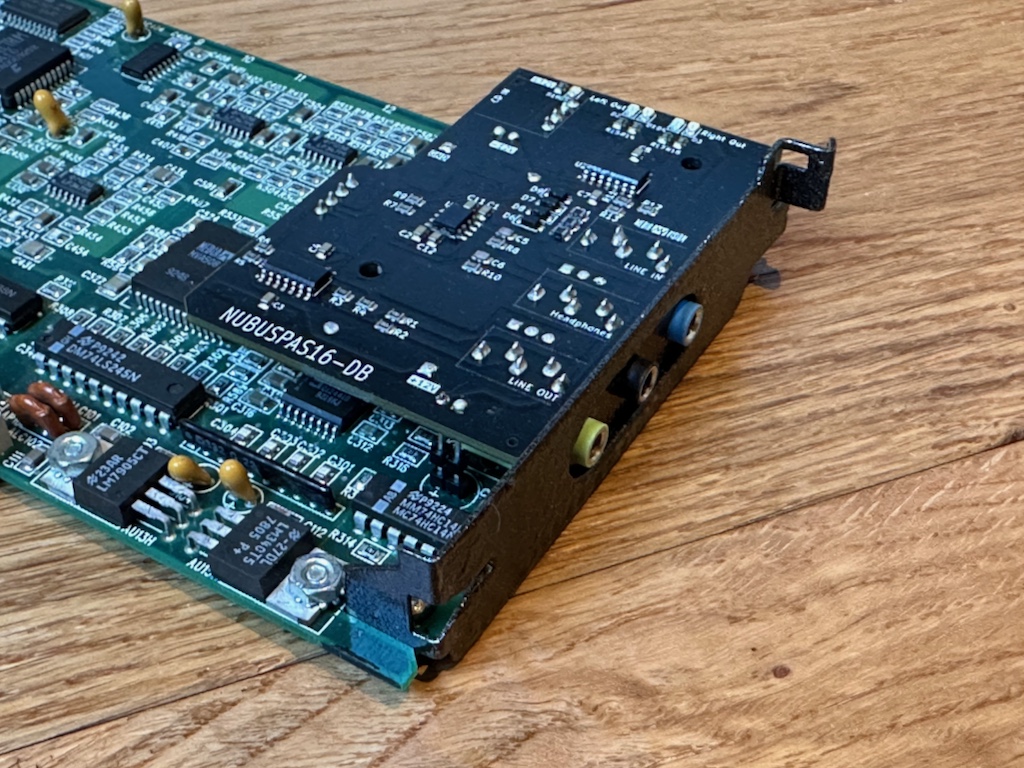
Don't mind the bad paint, my dremel died during the operation so I had to finish the bracket by hand. A 3D printed bracket likely be be better than dremeling the old one
A member of the forum gave me this card (without the matching breakout box) for R&D purposes. Sometimes R&D gives birth to something so here we are.
The initial design for a breakout box was plagued with a few issues, like missing information about some custom chips and lack of time and interest to build a new external box without having the original hardware (you can guess so much from pictures)
Another member showed interest for an internal solution as well, so here we are: NUBUSPAS16-DB. It's a daughter board designed to be soldered on the original board, in lieu and place of the HD26 connector.
For people who are scared of such modifications, I've determined that the PAS line output and some input can be somewhat operational with a simple breakout cable. Such a cable wiring will be posted on the patch panel thread with a few other notes. Others feature do need active components
Some sound measurement were also made during this project, they will be posted in this thread
The design is open source and will be posted on GitHub. It only works for the NuBus

Features
The board restore the following features:
- Line output (buffered)
- Headphone amplifier (including support for high impedance headphones)
- Line in (switched between internal and external, more on this below)
- Hardware mixing of inputs and sound enhancements (bass, treble, loudness, stereo enhancer, external mute)
The following features are not restored:
- Microphone preamp
- Hardware mixing of multiple line in
- PC Joystick
- MIDI
- debug LEDs (power, signal, peak for each channel)

Design choices
The board is designed to be as close as possible as MediaVision intended it to be and from what I could understand from the breakout box photos. It's using the same op amps (LF347s) with a balanced power design (± 12V). This ensures that the sound coloration is close to what MediaVision designed and is keeping the noise level as close as low as possible (to some extend…)
Please note that the breakout box is likely using a single supply with biased opamp, which would add noise, but I can't double check that
Jacks are more or less following the AC'97 standard (green = line out, blue = line in), with the headphone output beeing black
The original headphone amplifier used discrete component with a design that is known to not be the best. It was probably done as a cost saving measure.
In contrary, the headphone amplifier of NUBUSPAS16-DB is a modern twist: it is build around a modern op-amp especially designed to drive headphones (OPA1688).
It will provides up to around 3V RMS for high impedance headphones (600Ω), which the voltage delivered been proportional to the headphone impedance.
If your downstream equipment has sufficient headroom (at least +10 DBu) , the headphone output can also be used as a high level line output with a better SNR than the standard line output.
Input sources
There is actually only one real input on this board. Line inputs 1-4 were unusable on my board, either because i'm too dumb and missed something, my card was damaged or the proprietary chips on the breakout board are doing something that I don't know. Any sound input on any the left channels would result in a -20dB crosstalk on the right channels, which make that unusable
I so defaulted to be used the microphone input, which on the NuBus board side is a simple stereo line in input. You can then mix the mic input to the output using the PAS16 Control Panel. It allow you, other than plugging your old tape deck, to daisy chain your internal sound card. The PAS will then mix the sound coming from both sound card. It's useful if you have software that isn't compatible with the PAS and or is accessing the internal sound chip directly.
It's also useful for daisy chain internal CD Audio. Speaking of which, an additional CD Audio input is available at the back of the card which allow for either connecting a SCSI drive here, or @rabbitholecomputing zuluscsi with a @saybur DAC Attack! module
Plugin anything in the blue jack will disable the internal audio in
Overall this is a niche project, but I hope it will be useful for some people !

Don't mind the bad paint, my dremel died during the operation so I had to finish the bracket by hand. A 3D printed bracket likely be be better than dremeling the old one
Last edited:

